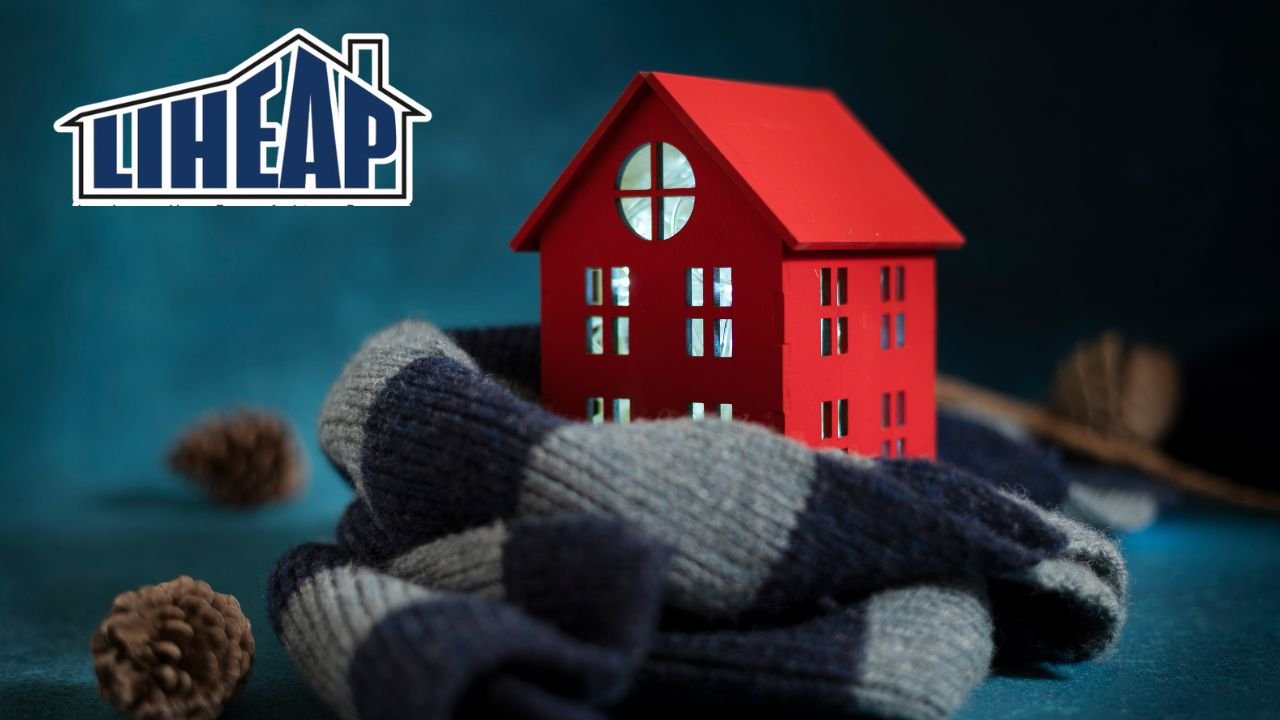Every year, millions of families in the United States need help meeting their home energy needs, especially during the winter and summer months when electricity and heating bills suddenly spike. At such times, the Low-Income Home Energy Assistance Program (LIHEAP) becomes a vital support. It is a federally funded program administered by the U.S. Department of Health and Human Services (HHS). LIHEAP’s purpose is not only to provide regular energy assistance but also to help prevent power or heating service outages in emergency situations.
This program helps low-income families cover their heating and cooling bills. Additionally, in some states, it also provides assistance with repairs or replacements for home heating or cooling equipment. LIHEAP assistance is typically a one-time payment or partial support, and in most cases, the funds are sent directly to your utility provider.
What expenses does LIHEAP cover?
In 2025, LIHEAP funding can be used to assist with the following expenses:
- Heating bills: This includes electricity, natural gas, oil, propane, coal, or wood.
- Cooling bills: Primarily air conditioning or electric cooling equipment.
- Emergency energy assistance: When your service is out of service.
- Energy crisis situations: Such as a broken furnace or unsafe heating source.
- Household weatherization and minor repairs: Small home improvements to increase energy efficiency in some states.
It’s important to note that LIHEAP doesn’t cover your entire bill. It only provides a fixed amount or partial payment, helping families avoid power or heating service shutoffs.
Who is eligible for LIHEAP?
Eligibility for LIHEAP is determined based on your household income, family size, and place of residence. Each state sets its own eligibility limits, but most use the Federal Poverty Guidelines (FPG) or the State Median Income Level (SMI).
The projected annual income limits for the 48 states and D.C. in 2025 are as follows:
| Family Size | Maximum Annual Income (Approximate) |
|---|---|
| 1 | $22,590 |
| 2 | $30,660 |
| 3 | $38,730 |
| 4 | $46,800 |
| 5 | $54,870 |
| Each additional member | +$8,070 |
It’s important to know that receiving other public benefits is not required to qualify for LIHEAP. However, if a family is already covered by SNAP, Medicaid, or other government assistance programs, they may receive priority.
How to apply for LIHEAP?
Each state manages its own LIHEAP program, so the application process and deadlines vary by state. In most states, the application window opens in the fall or winter and closes when funds are exhausted.
The main steps in the application process are:
- Find a local LIHEAP office: by visiting the HHS website or calling the NEAR (National Energy Assistance Referral) line at 1-866-674-6327.
- Submit the application: This can be done online, by phone, by mail, or in person.
- Submit the required documents:
- Proof of income (pay stub, Social Security letter, or unemployment certificate)
- Recent utility bills
- Proof of identity and residence
- Social Security numbers of family members
After submitting the application, processing may take a few weeks. If your application is approved, funds are typically sent directly to your utility provider.
How much assistance can you receive from LIHEAP?
The amount of assistance depends on several factors:
- Your family’s total income
- The number of people living in the home
- Your energy expenses
- Your state’s climate
- Priority families (such as the elderly, disabled, or families with young children)
For example, if a family of four lives in a cold region, they could receive up to $600–$1,200 in heating assistance. Emergency grants, furnace repair, or replacement programs are also available in some states.
Additionally, summer cooling assistance is also offered in warmer regions like Texas, Florida, and Arizona.
Conclusion
LIHEAP is a lifesaving program for low-income families, helping to ease the burden of energy bills. Whether it’s heating issues in the winter or cooling issues in the summer, this program provides financial relief to families and keeps their homes safe and comfortable. If you or your family is struggling with high energy costs, applying for LIHEAP is a wise move.
FAQs
Q1. What is LIHEAP?
LIHEAP (Low-Income Home Energy Assistance Program) is a federally funded program that helps low-income households pay for heating and cooling bills.
Q2. Who is eligible for LIHEAP?
Eligibility depends on household income, family size, and location. Priority is often given to elderly, disabled, or families with young children.
Q3. How do I apply for LIHEAP?
You can apply through your state’s LIHEAP office online, by phone, mail, or in person. Required documents include proof of income, utility bills, and identity.
Q4. Does LIHEAP cover my full energy bill?
No, LIHEAP provides partial assistance or a one-time payment, usually sent directly to you
Q5. Can LIHEAP help with emergency energy needs?
Yes, LIHEAP offers emergency support to prevent service shutoffs, repair broken furnaces, or replace unsafe heating/cooling equipment.
